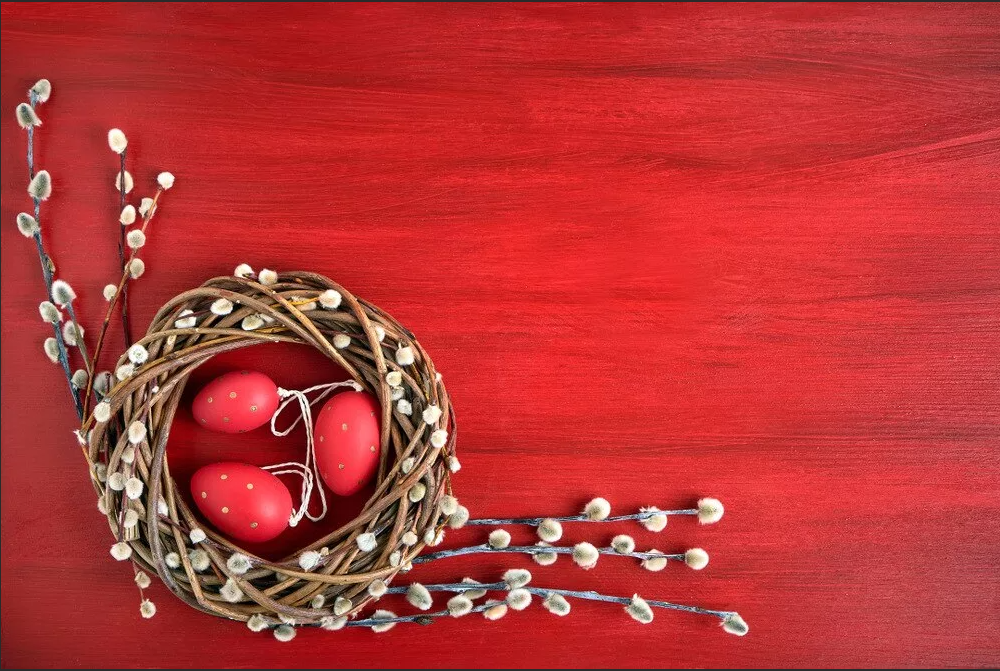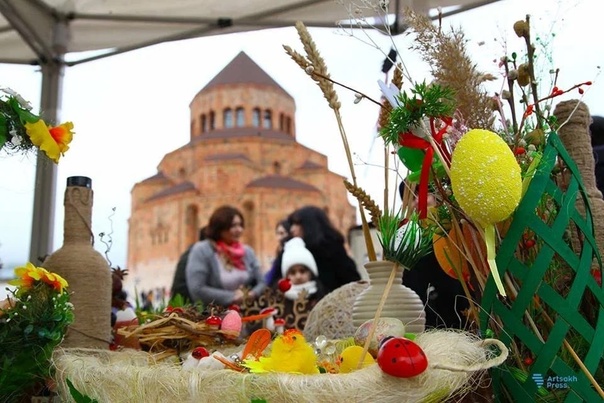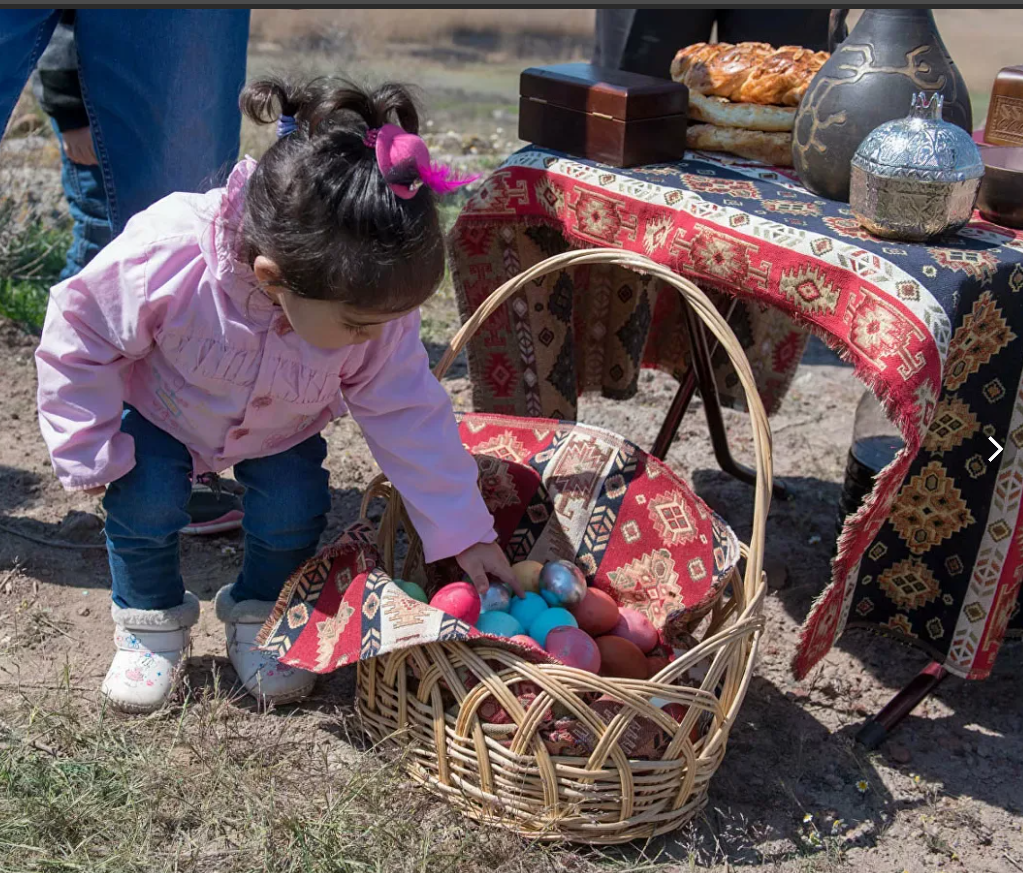
Easter Traditions in Armenia
In all Armenian nationalities, the holiday known as Easter corresponds to the church’s Holy Resurrection. It is a mobile holiday celebrated on the first Sunday after the spring full moon from March 21 to April 26. The Resurrection of Jesus Christ is the foundation of Christianity. For almost two thousand years since then, Easter has been celebrated as liberation, repentance from sins and return to God.
On Easter day, it was believed that good luck is distributed, and whoever fell asleep on this day will be deprived of good luck But will anyone sleep? After all, the chores and joyful mood are in full swing. When all the preparations for Easter had already been made, the main thing remained – the Easter sacrifice. This sacrifice was usually public, that is, all the families of the community, village or settlement took part in it, and each family was entitled to its part. One or more bulls or sheep, bought in advance with the collected money, were sacrificed on Saturday evening in the churchyard, and boiled at night in large cauldrons. Villages and cities everywhere, with the exception of individual cases, on the Easter holiday, they performed the ritual of sacrifice and distributed it to everyone without discrimination. The Passover offering was called “akhar” and was considered the most expensive offering of the year.


The Easter sacrifice was guarded by righteous people chosen by the community, and young people gathered around the cauldrons played the most popular Easter game, the game of eggs, until dawn. Holy Saturday evening marks the end of Lent. This evening, pilaf with rice and raisins, fish, dyed eggs, and wine are served on the tables. Armenians, like all Christians, paint Easter eggs in different colors on this day, but basically the Easter egg should be red. The advice to dye eggs was very well explained by St. Grigor Tatevatsi. The egg yolk symbolizes the earth, the egg white symbolizes water, the membrane symbolizes air, and the shell symbolizes the sky. The red color symbolizes the blood of Christ, the red-colored egg shows that the whole world was saved by the blood of Christ. But in general, the egg is considered a symbol of the tree of life.

Holy Saturday evening marks the end of Lent. This evening, pilaf with rice and raisins, fish, dyed eggs, and wine are served on the tables. Armenians, like all Christians, paint Easter eggs in different colors on this day, but basically the Easter egg should be red. The advice to dye eggs was very well explained by St. Grigor Tatevatsi. The egg yolk symbolizes the earth, the egg white symbolizes water, the membrane symbolizes air, and the shell symbolizes the sky. The red color symbolizes the blood of Christ, the red-colored egg shows that the whole world was saved by the blood of Christ. But in general, the egg is considered a symbol of the tree of life.In addition to Christening, feasts, wide festivities, there are also Easter games, many of which are associated specifically with Easter eggs – painted and wooden.
Games with eggs are varied, but the most popular game for two is to beat with the sharp ends of the eggs – whose egg is stronger. The players decide who starts the fight. The first strikes the pointed end of the egg at the visible sharp top of the egg in the second player’s hand. If the first blow breaks the opponent’s egg, then he has the right to revenge and hits the blunt end of the opponent’s egg with the blunt side. If the second vertex is also broken, the broken egg is given to the winner. If not, then a draw is declared.
Thus, the games have become an additional opportunity to congratulate each other on Easter and celebrate it.


